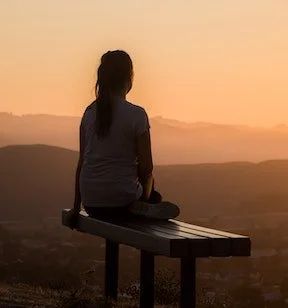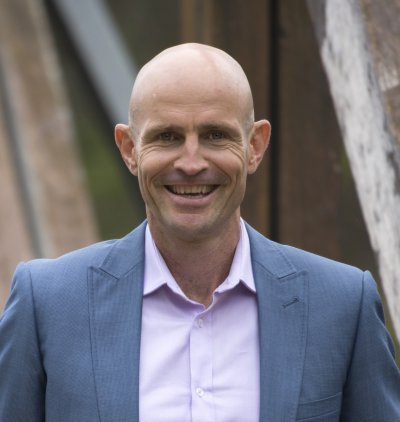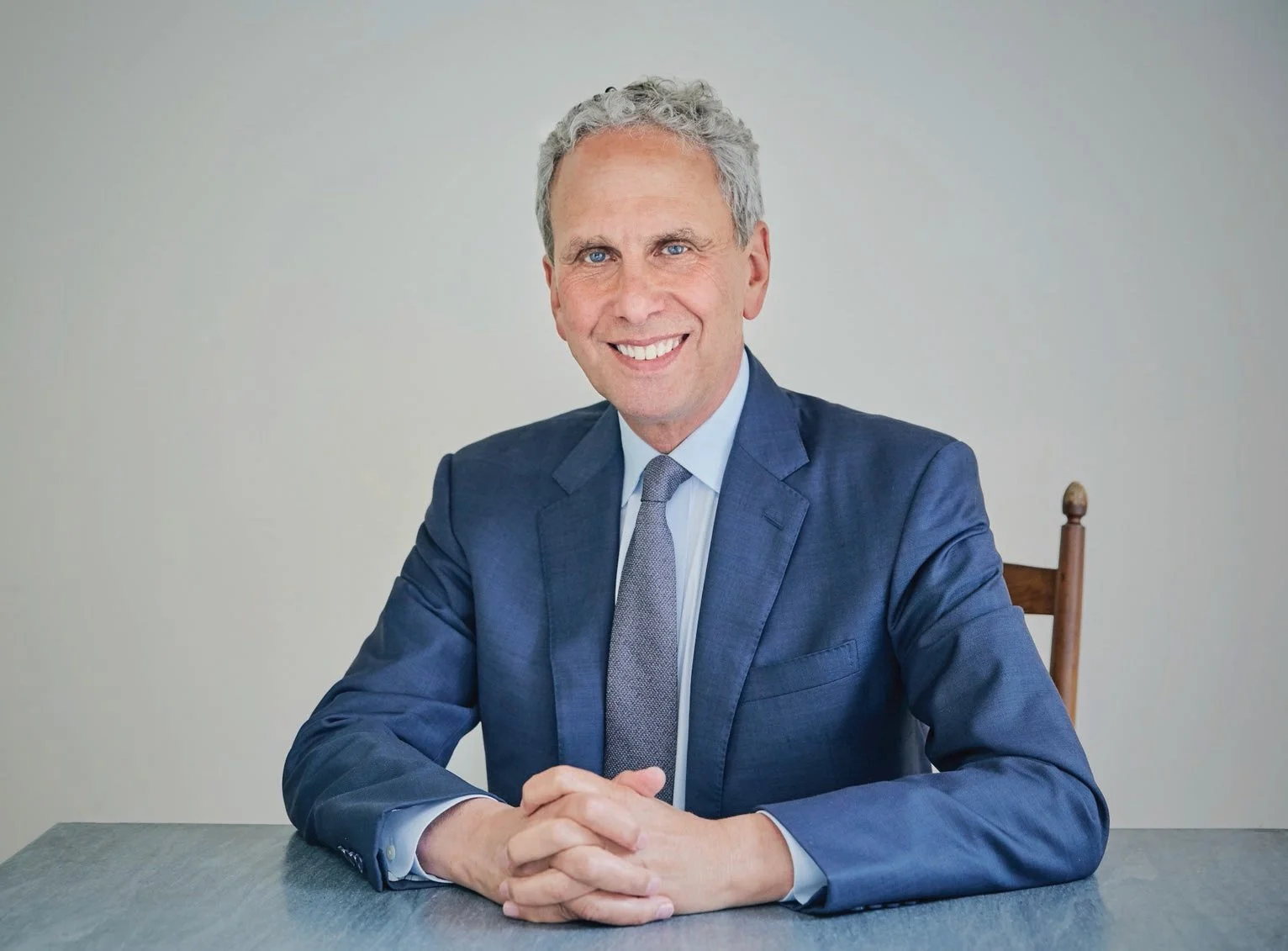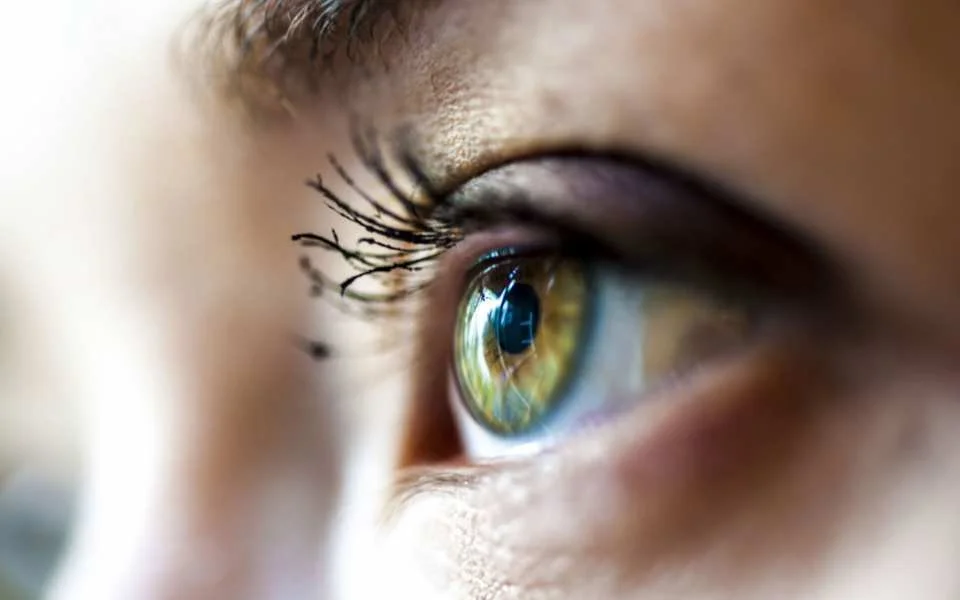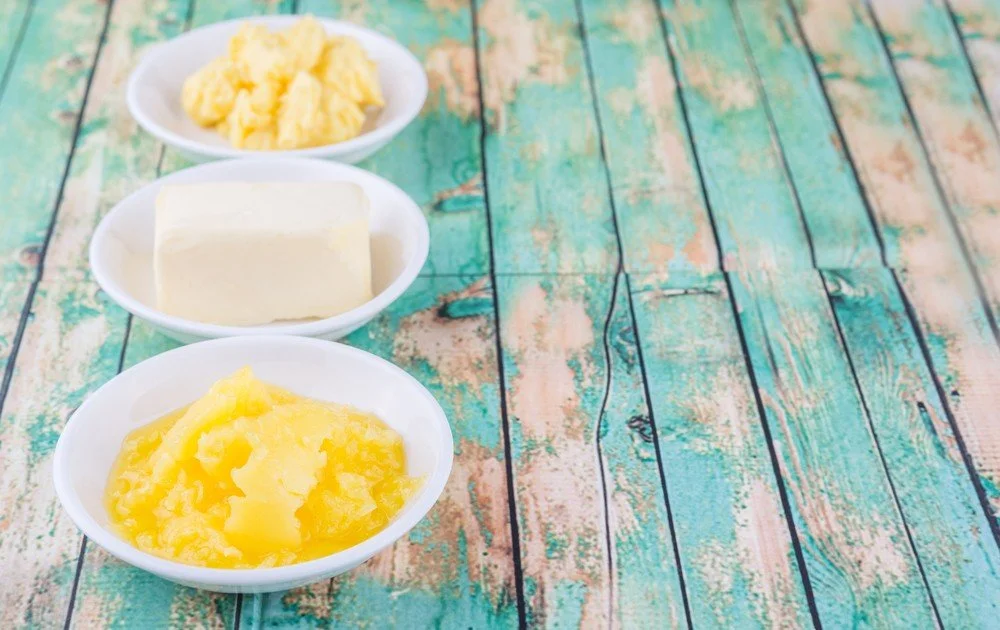Ayurvedic Wisdom of Dr Raju – Pt 2
4. MAKE DIET/LIFESTYLE CHANGES GRADUALLY
In contrast to our modern Western way of wanting to go ‘cold turkey’ or change bad habits ‘overnight’, in Ayurveda, it is recommended that any behavioural change is done gradually. Doctor Raju even mentioned that this applies when wanting to give up or change some ‘unwholesome’ or ‘health compromising’ behaviour. E.g. smoking, weaning off drugs or eating yoghurt at night.
* Eating yoghurt at night is considered quite harmful in Ayurveda, because yoghurt is ‘heavy’ by nature and tends to block the subtle channels of the body. At night, the tendency is for the subtle channels of the body (called ‘Srotas’), to close down anyway, so yoghurt tends to be poorly digested and leads to heaviness and dullness.
Anyway, the reason we should try to make any lifestyle change gradual, is that any drastic change to the body (even ones towards a more healthy or wholesome way of life) can disturb the body on a subtle level. A critical understanding in Ayurveda is that each cell has its own ‘memory’, and the ability for us to maintain our more wholesome behaviour (e.g. eating less fatty food, exercising more etc) comes about more easily and naturally the more we can enliven the correct memory of our body cells. This is best done in small, gradual steps. So if you are looking to make some substantial change in your diet, lifestyle or exercise regime, do it in small (1/4) steps. E.g.
Step 1 – just change 25% of your behaviour over the first week or two (keeping 75% what you are currently doing).
Step 2 – change another 25% over the subsequent few weeks (keeping 50% of what you are currently doing).
Step 3/4 – Repeat until the change is complete. For example, someone who smoked two packets of cigarettes a day, but wants to quit, would simply cut down to 1.5 packets for a week or two, then to a packet for a couple of more weeks, then half a packet etc. Similar for reducing alcohol or taking on a new exercise regime (in the case of exercise or taking on a ‘good’ habit, you would increase by 25% every couple of weeks or so).
KEY WISDOM:
If you make gradual changes over a couple of months, rather than over a week, you will be far more likely to have restructured and re-enlived the correct cellular memory of healthy behaviour and thus be able to maintain the diet or lifestyle long-term.
5. GO FOR A ‘PILGRIMAGE’ (I.E. CHANGE YOUR ENVIRONMENT)
Another key wisdom Dr Raju mentioned, was for people experiencing little improvement in a health condition, despite having a really good diet, exercise regime or taking herbs for an extended period or for people who feel they are ‘doing all the right things’ but still experiencing some health difficulties.
He said, in this situation, one of the best things to try is to simply change your environment. E.g. going on a mini holiday, a pilgrimage to some new place, or simply doing what you have been doing in a different environment. Ideally, this should involve being close to the ‘natural’ environment – fresh air, natural water sources, in a forest etc).
The reasoning is that different parts of nature (water, trees, air, oceans etc) have different healing properties, and it can be that we have just missing out on one particular quality or aspect of nature’s healing influence. After Doctor Raju mentioned this, the gentleman in the audience recounted how for 20 years he had been suffering chronic knee pain that nothing would fix. He went to India and went for a dip in the ‘Sangam’ – the confluence of three holy rivers up in the North. He said that five minutes after heat of the river, his knee pain had disappeared, and it has never returned.
KEY WISDOM:
While obviously this is an exceptional example, changing our environment wherever possible, particularly when it brings us closer to a natural energy source, alone can bring about marvellous healing benefits.
6. SAY THANKS FROM YOUR ACTIONS MORE THAN YOUR WORDS
One of the main things to hit me during my time in India, was that Indians rarely said “thank you”. I thought this was quite strange at first, but after a few weeks, I realised that it was nothing to do with them not being grateful for things. It was just that in their culture, they believe it is more important to ‘show‘ one’s thanks and gratitude. If someone does something really nice for someone, they may not say thank you, but a few days later when the person least expects it, they will receive some beautiful little gift or a thoughtful little token to truly ‘show’ their thanks. It reminded me of the old saying, “actions speak louder than words” and I thought it was a good reminder for us in our busy lifestyles here.
7. DIVERT THE MIND AWAY FROM ILLNESS/DISEASE (FOCUS ON HEALTH)
Interestingly, by far the most consistent teaching of Doctor Raju’s, had nothing to do with diet, exercise, special herbs or behavioural routines. Almost every time he was asked a question, his answer related in some way to the importance of shifting our minds attention away from illness and disease, and towards health. He explained that to enjoy our best health (and to give ourselves the best chance of healing if we are currently experiencing some health condition/disease) is to re-enliven what Ayurveda calls ‘SMRITI’. Smriti means memory – the memory of health. We need to remind ourselves on the deepest level of cellular memory, what it was like to be healthy. So while we get inundated with messages of sickness and disease in our Western cultures, we need to always try to divert our minds attention away from these messages, and remind ourselves of how it is to feel good. Ask yourself, ‘when was the last time I felt really great? If you are experiencing some health condition, when was the last time you can remember not having it? Where possible, try to re-create the same state of mind, and even the same/similar environment (including people associated with), which can then help recreate the same state of physiology.
* As many of you know, someone very close to me is currently going through a major health challenge, and I can assure you, when every week there is another specialist to see, medical test to hear about or procedure to undergo, it is certainly no easy task to keep diverting one’s mind away from illness. Of course, like everything, just do the best you can.
FINAL WISDOM:
So the final and most important message of Dr Raju’s, was as best you can, divert your mind away from the trials and tribulations of poor health, to the memory and experience of good health. ‘The more we focus on seeing the light, the more the darkness disappears’.
* My deepest thanks to Dr Raju for his wonderful wisdom.
** For Pt 1 of Dr Raju’s Ayurvedic wisdom tips click here.
More information on Doctor Raju’s Maharishi Ayurvedic Panchakarma clinic in Delhi, India
In that experience of now, there's a degree of equanimity. And there are about 50 different mindfulness techniques, but when we do that it creates something called theta brainwaves. Theta brainwaves are 4-8 cycles per second and that's when you're thinking deeply. It's pre-onset dream, but when you're thinking deeply about something; that’s when you see someone and they're lost in thought or you see someone and you don't want to disturb them. There's almost a quiet around them as opposed to just someone who’s daydreaming.
The reason we look to meditation these days is for very serious reasons. This isn’t hippie dippie, New Age stuff. We're interested in meditation because we have some high anxiety levels or a loved one in our family does not sleep well, or we feel depressed, we have issues with substance use disorder. So when we look to meditation now, we want to be sure we're doing something worthwhile.
Third thing is called self-transcending. Going back to the ocean analogy: we know that an ocean has silence at its depth. In self-transcending, and that includes Transcendental Meditation, we have the understanding that there is a vertical dimension to the mind. We feel: we’re just not thoughts, we feel things deeply, we love deeply, we hurt deeply, we have intuition.
In self-transcending we hypothesize that far deeper than even that, deep within every human being right now, is a level where your mind is already perfectly settled and calm and wide-awake. The ancient texts call that pure consciousness or transcendental consciousness. Scientists call it the state of restful alertness. I like to just call it a really quiet area of me.
Transcendental meditation gives effortless access to that; it allows your active thinking mind to be drawn inward and experiences deeper, quieter levels of the mind. When that happens, a complete constellation of changes take place in your brain, your nervous system and in your body. Your body gains a state of rest deeper than sleep, in many regards. There's a 30-40% reduction in cortisol levels, which is your stress hormone. A good night's sleep drops cortisol by 5%-7% and the electrical activity in the brain goes to something called alpha-1 which is 8-10 cycles per second and that's when your mind is settled and wide awake.
MB: The other beautiful point you only briefly touched on there was effortlessness. I'm sure you've had thousands of people over your career, that when you first taught them about meditation they say something like, "Oh, I can't sit still long enough, I don't have the discipline to meditate." I think the beauty for anyone who has learned Transcendental Meditation is that effortlessness.
Can you explain how something so profound can actually be truly effortless? It doesn't make sense to a lot of people who haven't experienced it.
BR: I spend most of my time teaching inner-city school kids or veterans, but I was giving a talk on Wall Street. I said this is effortless and it takes about an hour a day over 4 consecutive days to learn it. A banker raised his hand and said, "If this is so effortless, why does it take four days to learn?" I said, "We're New Yorkers, we don't even know what the word effortless means anymore." We get up in the morning no matter where we live, and we’re pushing. We push to get the kids out the door, we push to get to work. I explained to him how we go from here to here; without any effort whatsoever.
I'll give you 2 examples that have nothing to do with TM and then I'll tie it back to TM. You're sitting at home one evening, you’re in your study and you're doing some mindless paperwork; you're catching up on bills or something like that. All of a sudden in the other room, some of the most extraordinary music you have ever heard in your life comes on. Where does your attention go? Turn that up, push these bills away, that is unbelievable. You have two books to read and one book is a travesty that it was ever published, you can't read a word it's so bad. The other book is phenomenal, we've all had the experience, hours fly by. So what are those two things? Your attention is drawn to that music or your attention absorbed in the book?
Transcendental Meditation (TM)
This is the key to transcendental meditation, the key understanding of how it works. What we understand is, given the opportunity, the mind will always be drawn to something more satisfying. Is it tough to watch a great movie? No, it's easy. Is it hard to watch a bad movie? Very. The mind is naturally drawn to happiness, pleasure, beauty, fragrance, deliciousness. In Transcendental Meditation we set up the conditions so the attention of the mind can turn within. In that same ocean analogy; without any effort your active thinking mind is drawn inward. Why? Deeper, quieter levels of each one of us are increasingly more satisfying. It's like teaching a child how to dive. You say, “Honey, just take the correct angle and gravity takes over."
In TM we learn how to set up the conditions for the tension to take an inward direction so the mind is drawn inward. For that to happen, your teacher, (certified teacher) will give you what's called a mantra. Which is a word or a sound. It's a thought you think/say silently.
That has no meaning associated with it and it's a nice sound, it's a good sound, it's supportive. The mantra is thousands and thousands of years old. Your teacher will give you a mantra and then over the period of 4 days, teach you how to use it as a vehicle, as a catalyst, as a facilitator; for the attention of the mind to be drawn inward. As I say, it’s 100% effortless.
A ten-year-old child with ADD (Attention Deficit Disorder) who couldn't close his eyes for half a minute, can meditate and enjoy stillness.
MB: I think one of the beauties of it is that anyone can do it. You referenced New York bankers: we've touched on those wit high anxiety, mental health issues, insomnia; to name a few. There are many people listening who consider themselves high achievers. With your experience in dealing with so many of this type of people over years: how does TM practically fit into their busy lifestyle and maybe give them an edge in terms of what they do to maintain that performance?
BR: Well, you’re a great athlete and when you get to a level of physical prowess, it’s a mental game. Five people all have equal abilities, who handles it under pressure? Who's got the ability to be in the zone? Who has the peripheral vision? The thing about Transcendental Meditation is it wakes up what they call the creative networks within the brain. In business we need resilience. I work with a lot of entrepreneurs at the highest level in business, you need innovation, problem-solving ability, judgment, planning, decision-making. You have to be crisp and clear and awake all the time, in the work day. When it's time to go to sleep, you need to go to sleep. If something happens that’s upsetting or tumultuous in the morning, you can't have that carry with you through all your interactions throughout the day. You have to reset and move on to the next thing.
There are two different things Transcendental Meditation does. The brain research shows us that there's a part of the brain called the prefrontal cortex, which is the size of your fist and it's right behind your forehead. This is the CEO of your brain, this is executive functioning. This is the part of the brain you use when you make decisions, when you have to make judgments, when you have to plan ahead. Your own sense of self, that's here.
Stress takes this part and fatigue takes this part of the brain offline. Does a stressed person at work make good decisions? Have good judgment? No.
When the prefrontal cortex is offline what takes over is the amygdala. The amygdala is two almond-sized, neuronal networks. That is the fire alarm, all of your energy goes to alert and you lose nuance, you’re just reacting; fight-or-flight. That is a disaster for anybody who's got the world on their shoulders or any parent who has responsibility for children or any of us, really.
What Transcendental Meditation does is it calms the amygdala and it brings the prefrontal cortex back online, brings the CEO of your brain back online. That is priceless, indispensable and nothing else does that.
I’d like to say one other thing about creativity. Here's an interesting point. Everything these days is about innovation, creativity; that's the future.
The creative process is not just good ideas. The creative process is a good idea and the ability to make it happen, the ability to focus, the ability to see things through. They used to think, (and we all grew up with this), that there are two hemispheres to the brain and if you're a creative person you’re a right hemisphere person. If you're a left hemisphere person, you're the number cruncher, you're the accountant, you're the scientist. Well, it turns out that's not true.
Creativity is the product of networks within the brain, communication within the brain. There are two main networks. The first is called the executive control network. It's located within the prefrontal cortex. You have an idea for a book, you write it; you have an idea for a business plan, you write it. That's the focus and that's where your brain is working hard. Brain researchers wanted to know, what's your brain doing when it’s resting? When is not working hard?
What does it default to? They came up with a really great name for it; they called it the “default mode network”. It's actually a combination of three networks; back of the brain, middle of the brain, front of the brain communication. It's when your brain is not focused on anything, it’s just awake.
The Genius Lounge
The brain scientists at first were very dismissive of the “default mode network”. They said, that's just your lazy brain, that's your wandering brain, nothing good is coming of it. They have two new names for this part of the brain. The first is the “imagination network” and the second is the “genius lounge”
You can google it: default mode network and genius lounge. You're trying to figure out a problem; you’re in front of your computer and you’re stuck . Then you take a hot shower. Where did that idea come from? You go for a walk. Where did that idea come from? It's when your brain rests.
It's still humming along, but rests. That's where the nonlinear, profoundly creative, ideas come from that you need; not only to start a company, but to stay ahead. Not only to get to the top, but stay at the top.
They did a study on 200 of what they considered the most creative people in the world: conductors, mathematicians, architects and they looked at their brains. Their brains are hard-wired differently than most of us. In their brains there's no wall between the genius lounge and the executive control. There’s a free flow of communication that's not disruptive, but a free flow of communication.
Ray Dalio, who's at the top of his game in finance has been meditating 50 years. Jerry Seinfeld-meditating 50 years, Howard Stern-meditating 50 years, Paul McCartney writing- 50 years; big, creative minds.
TM wakes up both networks at the same time. There's something called neuroplasticity; that’s when the neurons, or brain cells, fire together in meditation for this amazing connectivity. They wire together out of meditation and create new neural pathways for peak creative experiences all the time. To answer your question; this is absolutely essential to get rid of the stresses that inevitably build up when you feel enormous pressure. It's not just some relaxation technique, it does something extraordinary to the brain that is essential as we move forward in life today.
MB: I think talking about peak experiences is a beautiful way to finish the conversation. What's the best next step for people who are interested in learning TM or who may be wanting to get back to a regular practice?
BR: They can go to tm.org or tm.org/au or tm.org.au in New Zealand Find out more information, arrange to talk to a teacher.
I say this all the time; there are 1440 minutes in our day, if someone says to me, “I don't have the time to meditate”, I say, nobody has 20 or 40 minutes that they’re doing nothing, we’re all busy. How much time do we waste either online or with inefficiency? We're talking out of 1440 minutes about 40 minutes; 20 minutes in the morning, 20 minutes in the afternoon. 20 minutes in the morning before anyone gets up. You’re sleeping better, so you’re getting up earlier.
20 minutes in the afternoon you either schedule it in at work or you do it at home; do the best you can. It is such a return on investment, it's such a game-changer. I should say the TM organization in New Zealand, in Australia and all over the world is a nonprofit organization. The teachers that you have in these countries are the best in the world and I'm an American.
Helpful Resource = Bob Roth's New York Times Best-selling Book - Strength in Stillness - The Power of Transcendental Meditation.
It's not a luxury, this is something that is becoming an essential tool. When we think about being healthy and peak performance; we've been thinking about what we do from the neck down, exercise, eat properly. In Transcendental Meditation you have a simple, natural, effortless tool and you have world-class mentors, teachers, coaches, TM coaches, mentors, teachers to instruct you on how to use it to meditate properly. You learn and you have it available for the rest of your life.
ARTICLE WRITTEN BY MARK BUNN
Mark Bunn is the Founder of Dharmic Living and author of the three-time best-selling ‘Ancient Wisdom for Modern Health‘.
Featured Articles
Topics
- Alcohol 1
- Allergies 1
- AntiInflammatory 2
- Arthritis 1
- Asthma 1
- Atkins 1
- Autumn 1
- Ayurveda 22
- Ayurvedic Medicine 12
- Ayurvedic Science 2
- Bad Breath 1
- Beer 1
- Blood Sugar 1
- Bob Roth 1
- Body Odour 1
- Breakfast 2
- Breathing 1
- Business 2
- Butter 1
- Caffeine 1
- Cancer 6
- Carbohydrates 2
- Cataracts 1
- Charcoal Water 1
- Cholesterol 3
- Coffee 1
- Cold & Flu 1
- Cooking 1
- DR JR Raju 2
- Daily Cycles 2
- Dehydration 2
- Dental 3
- Detox Drinks 1
- Diabetes 1
- Diet & Nutrition 44
- Dieting 2
- Digestion 9
- Direction 1
- Disease 1
- EMF 1
- Earthing 2
- Eastern Medicine 1
- Eating 1
- Eating Out 1
- Exercise 9
- Eye Health 1
- Fish Oil 1
- Flaxseed 1
- Food Quality 2
- Forest Bathing 1




